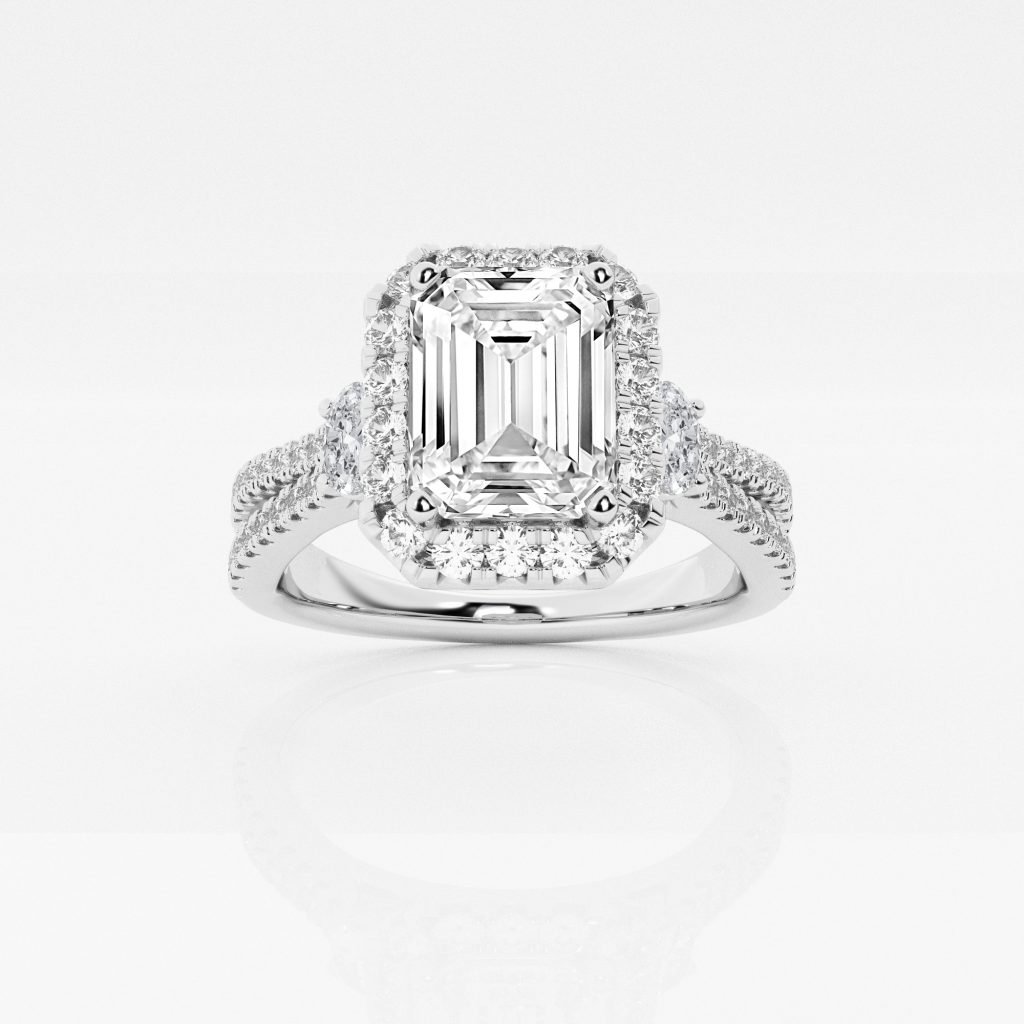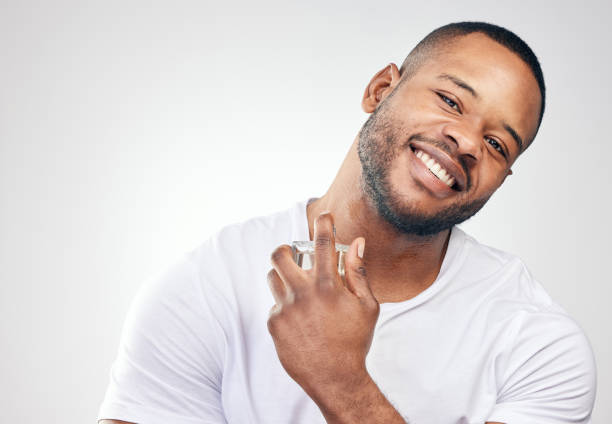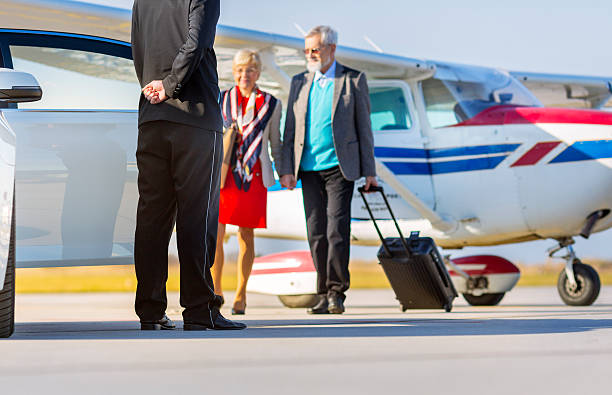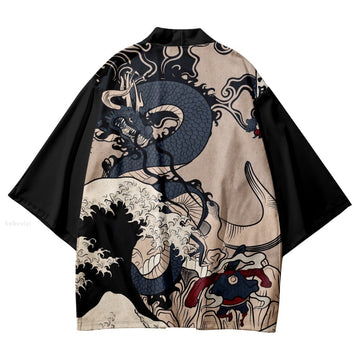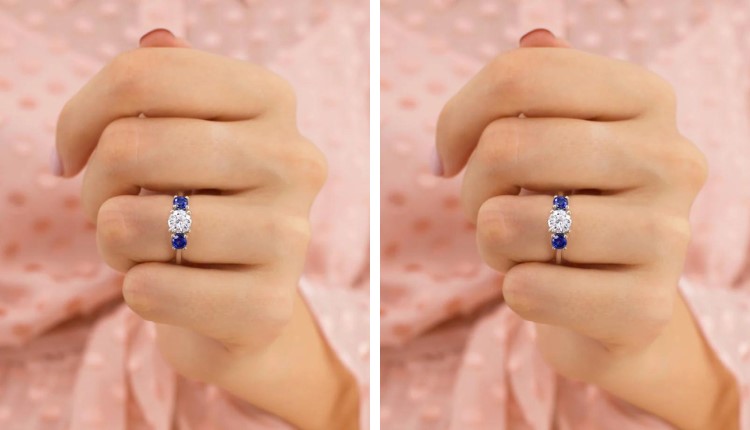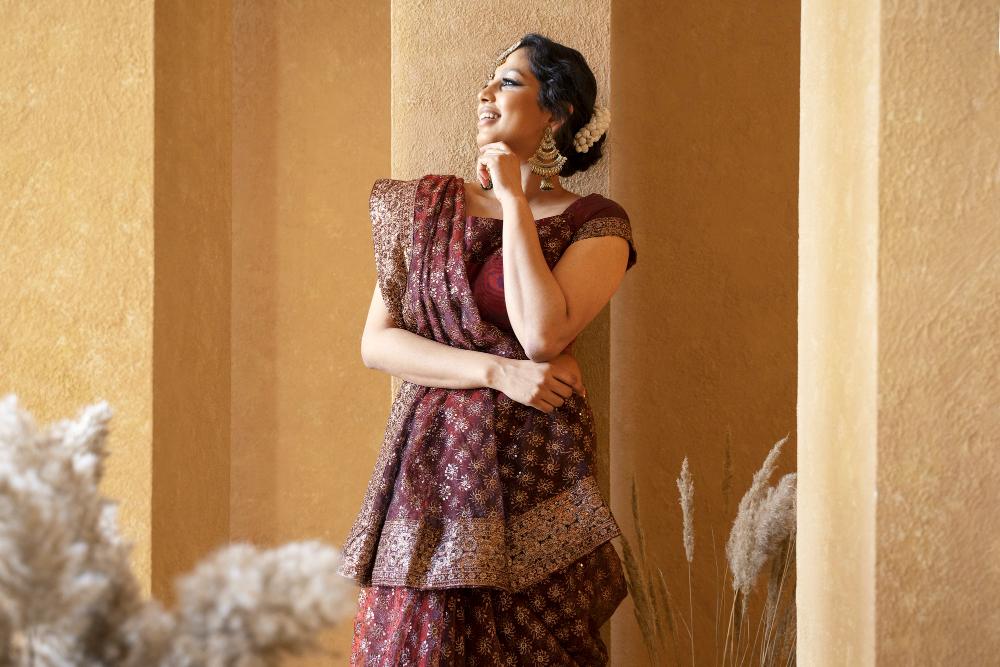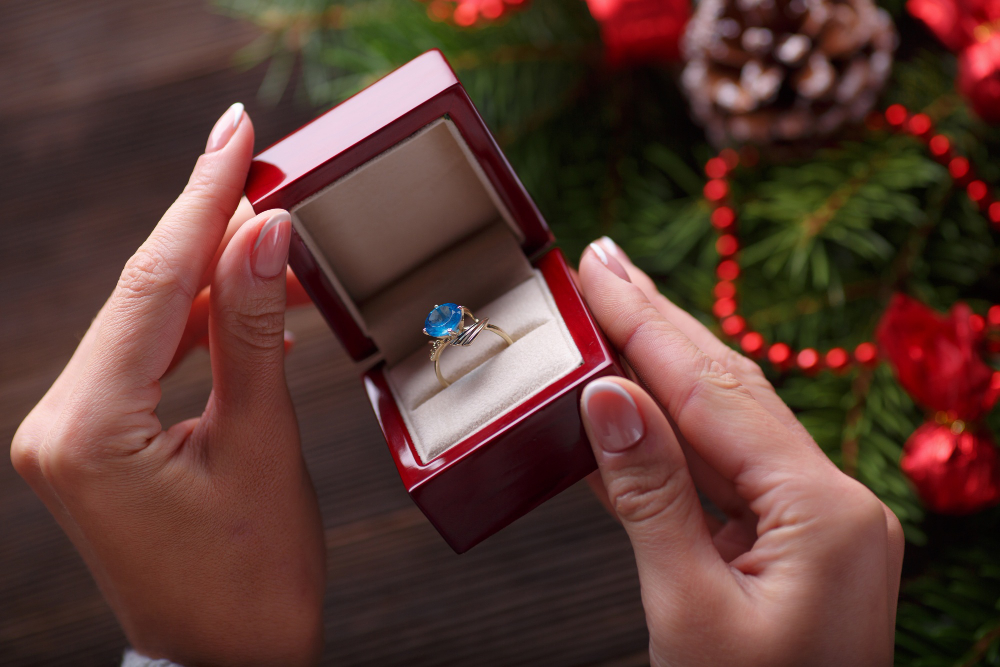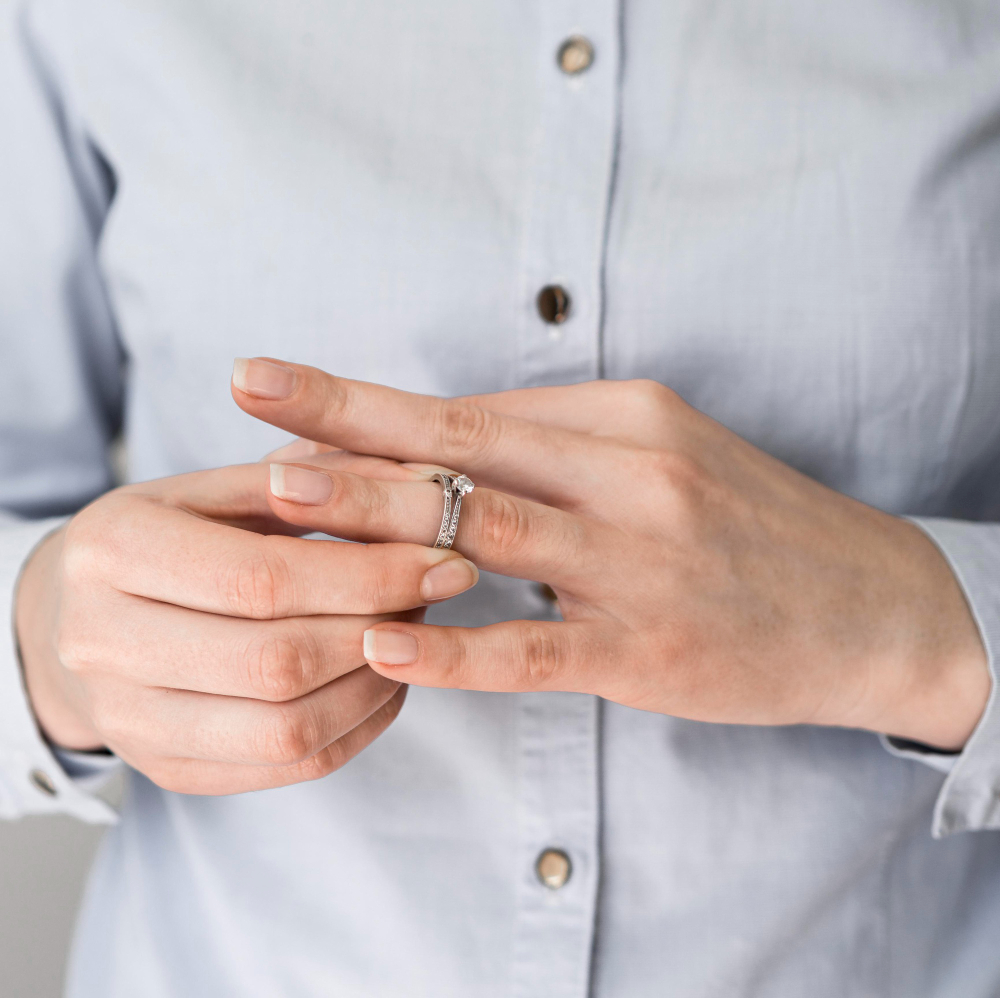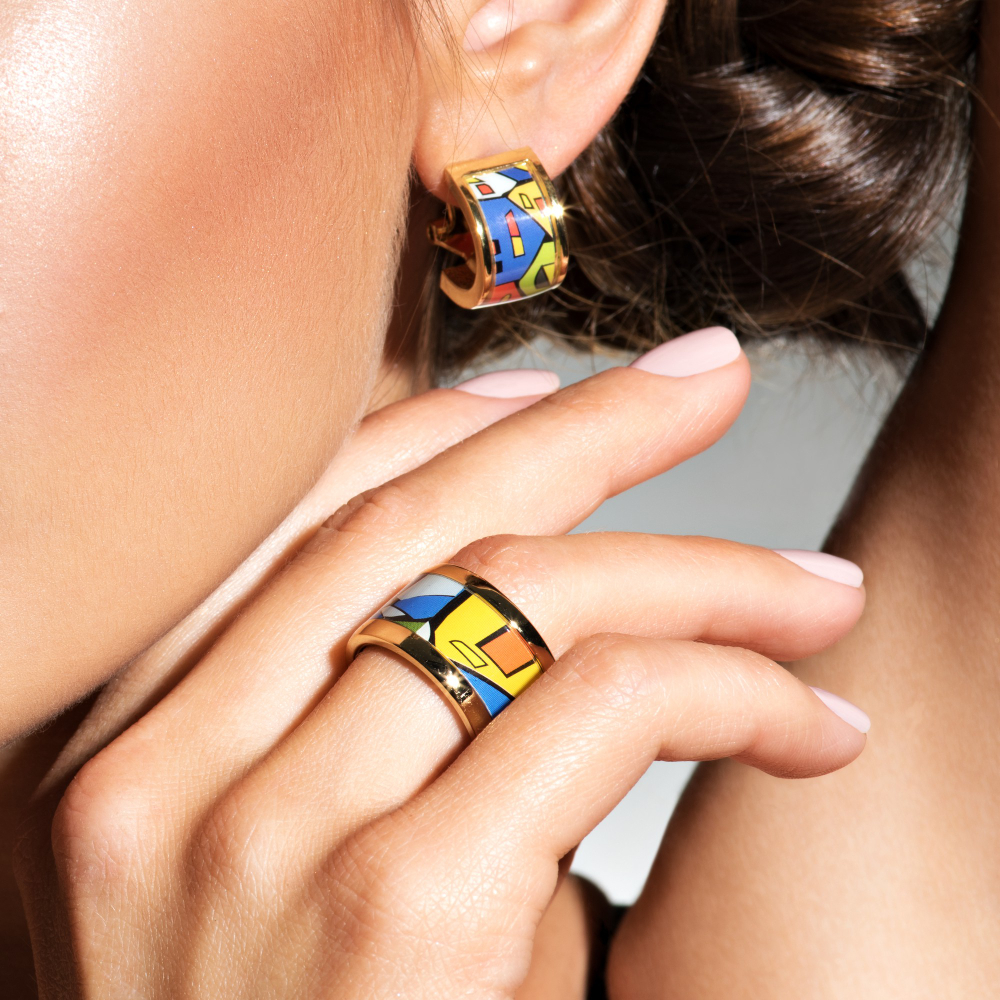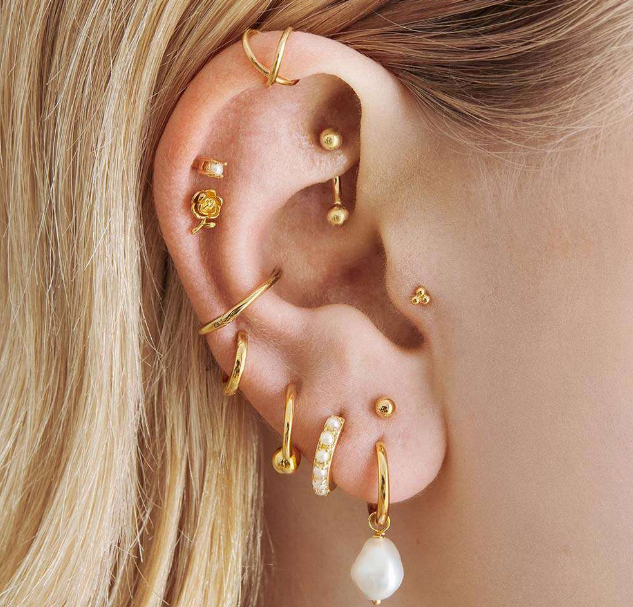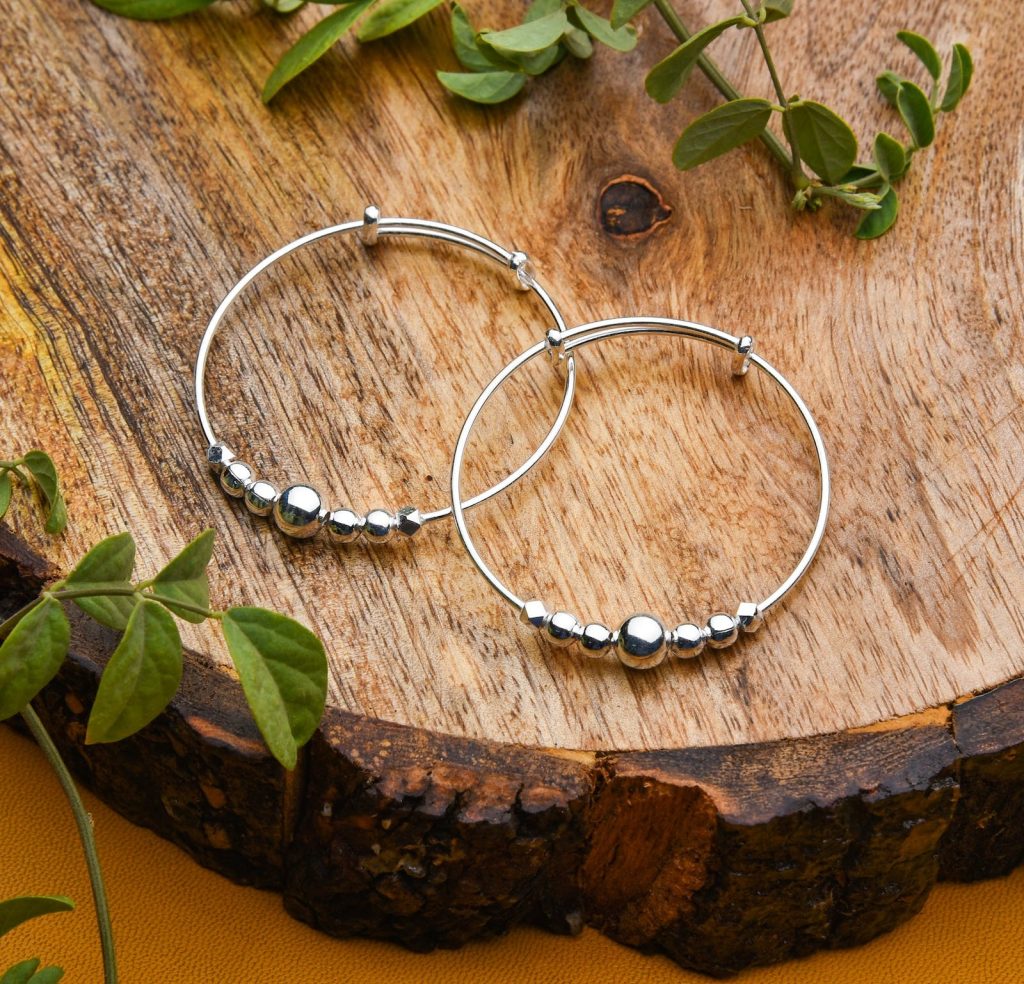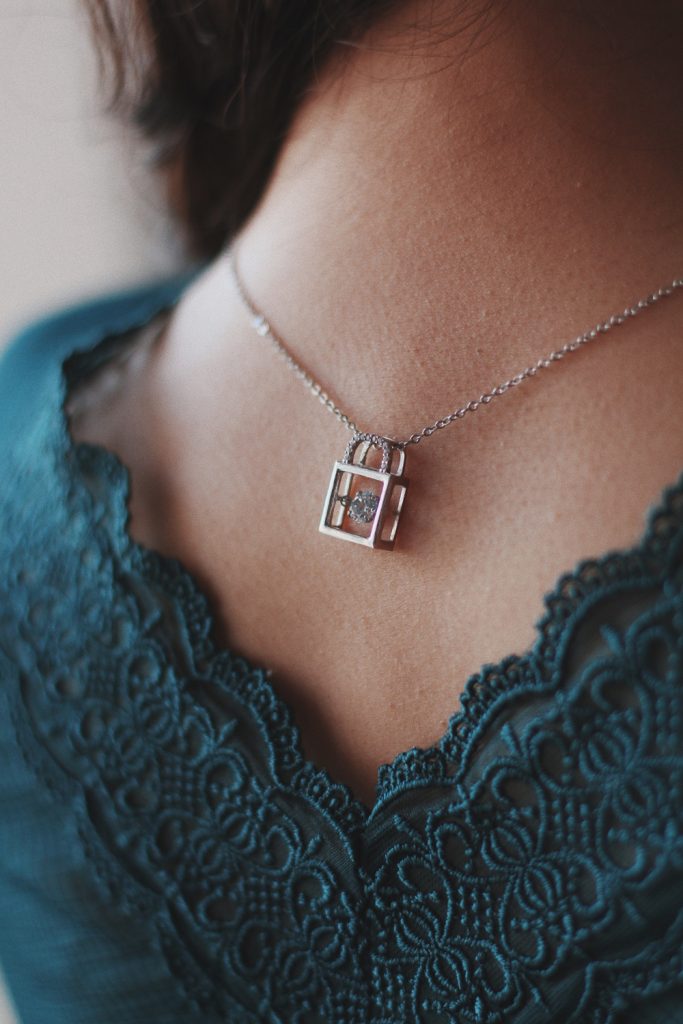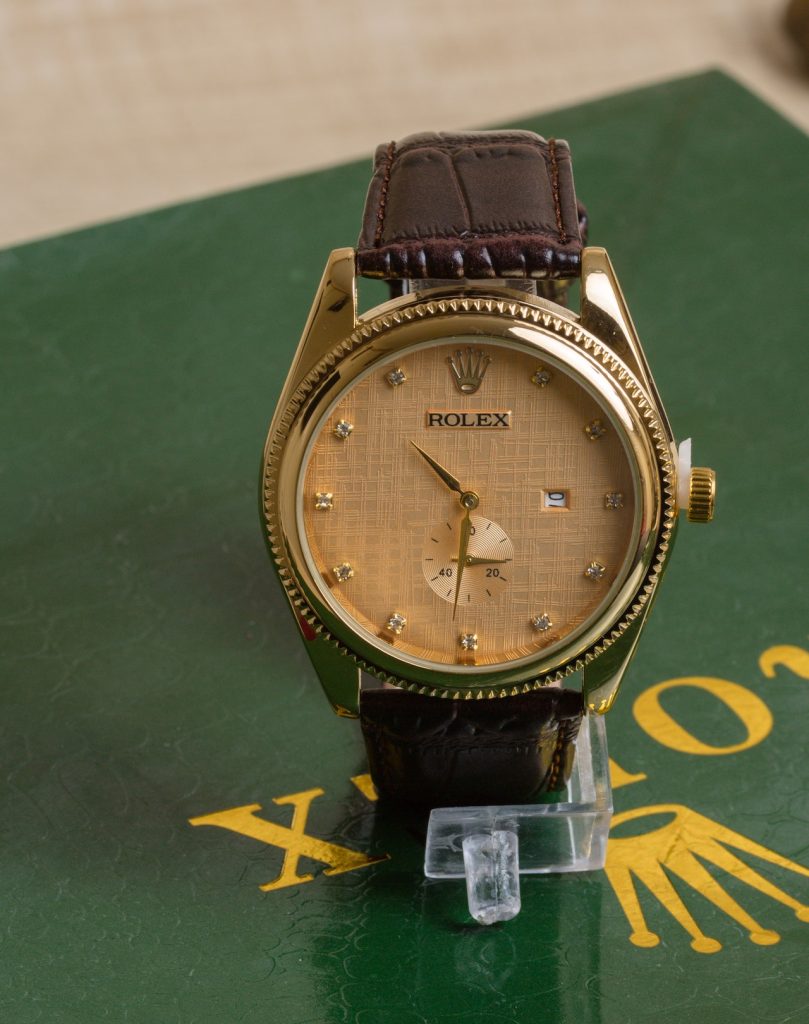The Bit of Samurai Attire: A Detailed Guide to the Traditional Japanese Horse Bridle

If you are familiar with the samurai attire, you would know that they used to ride horses as a part of their warfare tactics. Samurai warriors used to wear a specific type of attire while riding horses, and the horse’s bridle played an essential role in that attire. In this article, we will dive into the details of the traditional Japanese horse bridle, also known as “Bit” in Japanese. We will cover its history, design, components, and significance.
Introduction to Samurai Attire
Before we delve into the bit of samurai attire or the horse bridle, let’s take a brief look at the overall attire of a samurai warrior. samurai attire warriors used to wear traditional Japanese armor, which was called “yoroi.” It consisted of various components such as a helmet, chest armor, shoulder armor, arm armor, and leg armor. The armor was made up of different materials such as leather, iron, and silk.
The samurai attire also included a specific type of footwear called “waraji” made of straw, which helped them walk on different terrains. The warriors carried their weapons such as a katana, a long sword, and a bow and arrows. Riding horses was also an integral part of their warfare tactics, and thus, the samurai warriors had specific attire for it.
History of Bit
Horse riding played a crucial role in the samurai attire, and the bit of samurai attire or the horse bridle had a long history. The first Bit was introduced in Japan during the Nara period (710-794) when horses were used for transportation. Initially, the Bit was made of simple materials such as rope and bamboo, but with time, it evolved into a more sophisticated design.
During the Heian period (794-1185), the Bit’s design became more intricate, and it was made up of metal, leather, and other materials. The Bit was not only functional but also had an aesthetic appeal, and it became a status symbol for the samurai attire warriors.
Design and Components of Bit
The Bit or the horse bridle consists of several components that work together to control the horse while riding. Let’s take a closer look at each component:
Bit Mouthpiece
The Bit mouthpiece is the central component of the horse bridle, which goes into the horse’s mouth. It is usually made of metal and comes in various designs, such as a straight bar, a ported bar, or a jointed bar. The design of the bit of samurai attire mouthpiece depends on the horse’s needs and the rider’s preference.
Bit Rings
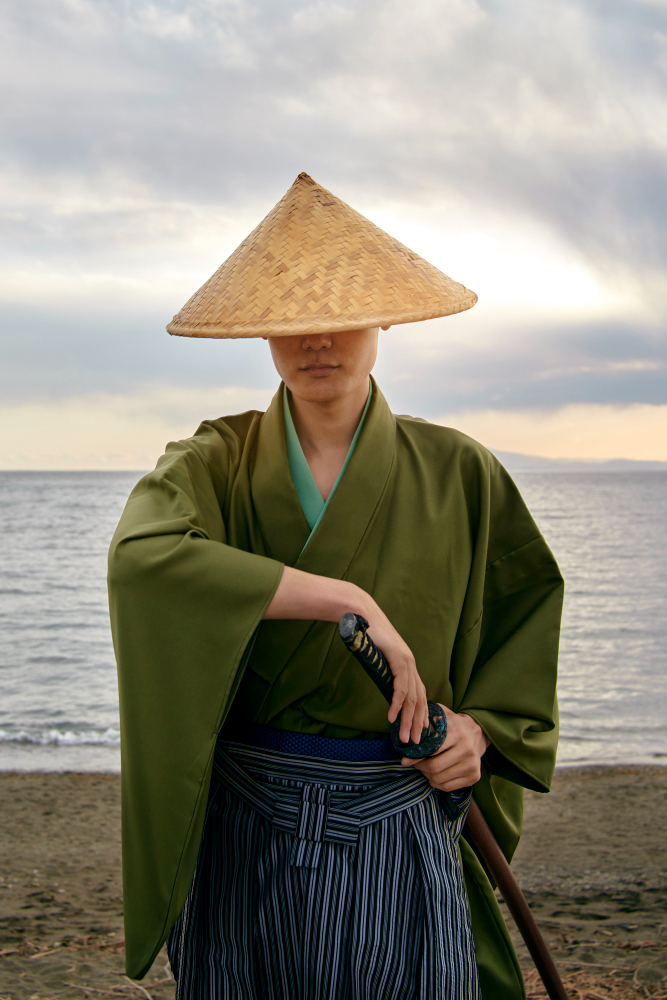
The Bit rings are the circular components on both sides of the bit of samurai attire mouthpiece. The reins, which are attached to the Bit, pass through the Bit rings. The Bit rings can be of various sizes, and their size also depends on the horse’s needs and the rider’s preference.
Cheekpieces
The Cheekpieces are the leather straps that connect the bit of samurai attire rings to the headstall of the horse bridle. The Cheekpieces can also be of different lengths, and their length depends on the horse’s needs and the rider’s preference.
Headstall
The Headstall is the leather strap that goes around the horse’s head and holds the bit of samurai attire in place. The Headstall can also be of various designs, and it can have different types of decorations such as metal studs or silk tassels.
Chinstrap
The Chinstrap is the leather strap that goes under the horse’s chin and helps to keep the Bit in place. The Chinstrap can also be of different lengths, and its length depends on the horse’s needs and the rider’s preference.
Significance of Bit
The Bit or the horse bridle played a crucial role in the samurai attire culture. It was not just a functional tool to control the horse while riding, but it also had a symbolic and cultural significance. Let’s take a closer look at the significance of the bit of samurai attire:
Status Symbol
The Bit became a status symbol for the samurai attire warriors during the Heian period. The design and materials of the Bit were chosen carefully to showcase the rider’s status and rank. The Bit’s design could also indicate the samurai clan or family the rider belonged to.
Spiritual Significance
The Bit also had a spiritual significance in the samurai attire culture. The Bit’s design was influenced by the Buddhist philosophy of non-violence and compassion. The Bit was designed in a way that minimized the pain and discomfort to the horse while riding.
Tactical Advantage
The Bit provided the samurai attire warriors with a tactical advantage during battles. The Bit’s design allowed the rider to control the horse with precision, speed, and agility. The Bit’s design also allowed the rider to make quick turns and changes in direction, which was crucial during battles.
Types of Bit
There are several types of Bit or horse bridles used in the samurai attire culture. Let’s take a look at some of the common types:
The Wari Bit
The Wari Bit is a type of Bit that has a split mouthpiece. The split mouthpiece provides more control over the horse’s movement, and it is commonly used in battles.
The U Bit
The U Bit is a type of Bit that has a U-shaped mouthpiece. The U-shaped mouthpiece provides more comfort to the horse and reduces the pressure on the horse’s mouth.
The Kutsuwa Bit
The Kutsuwa Bit is a type of Bit that has a curved mouthpiece. The curved mouthpiece provides more comfort to the horse and reduces the pressure on the horse’s mouth.
Conclusion
The bit of samurai attire or the horse bridle was an essential component of the samurai attire. It played a crucial role in samurai culture, providing the riders with a tactical advantage during battles. The Bit’s design and materials were chosen carefully to showcase the rider’s status and rank, and it also had a spiritual significance. The Bit’s design and components have evolved over time, and there are several types of horse bridles used in the samurai attire culture.


